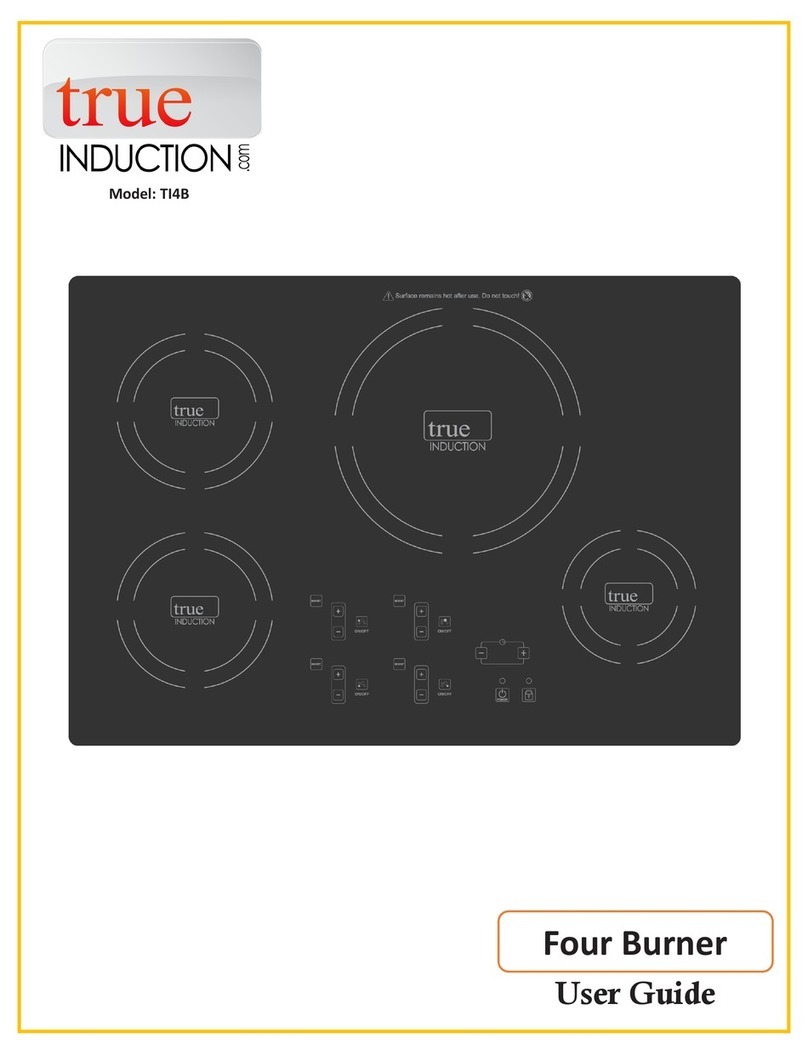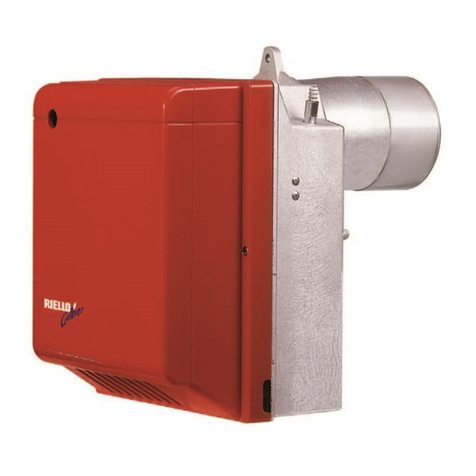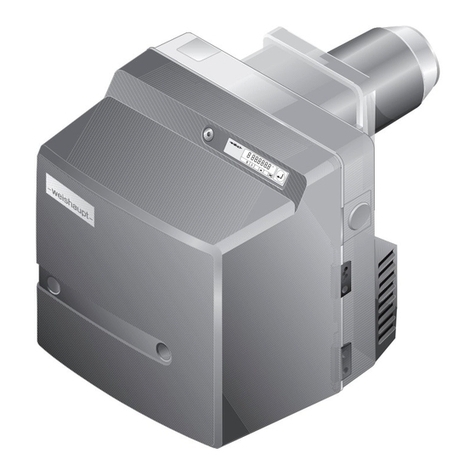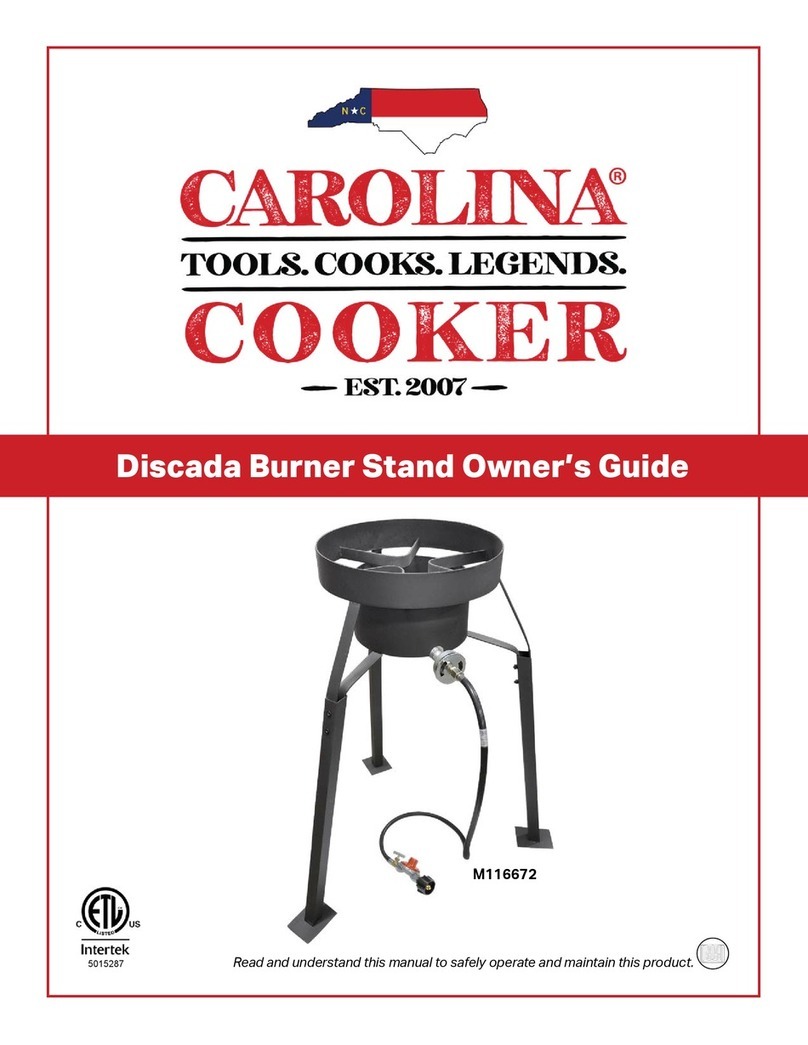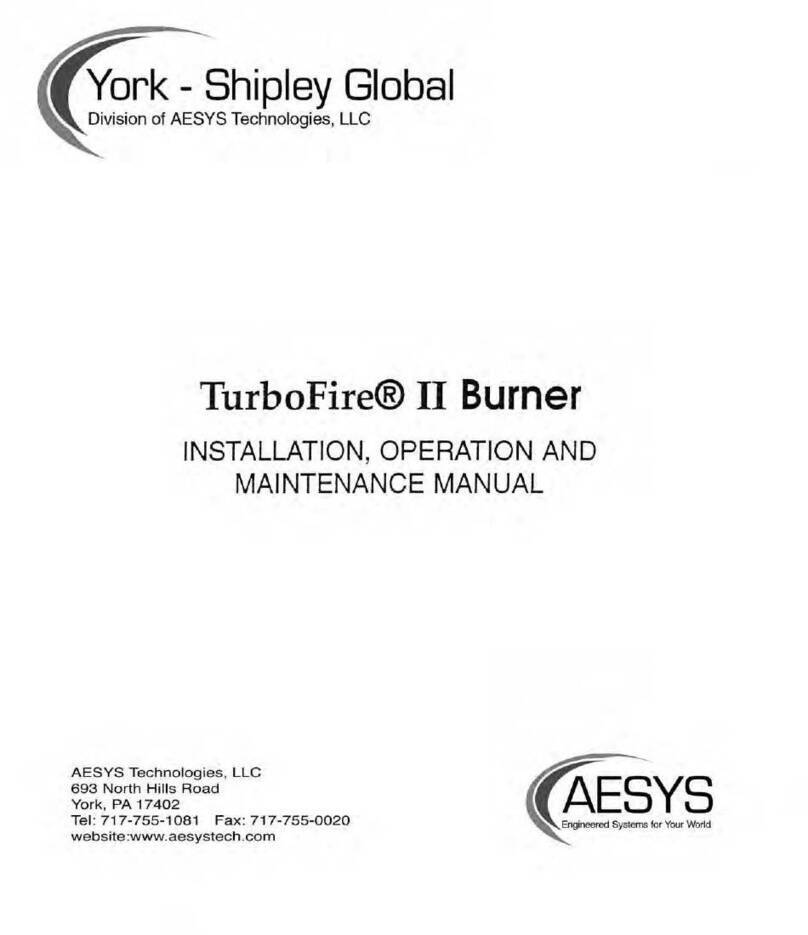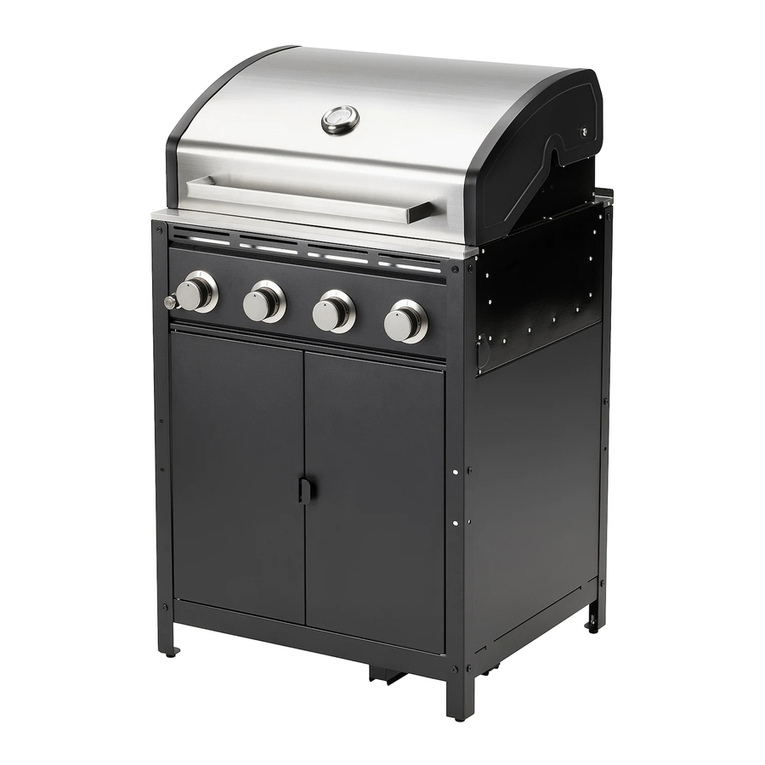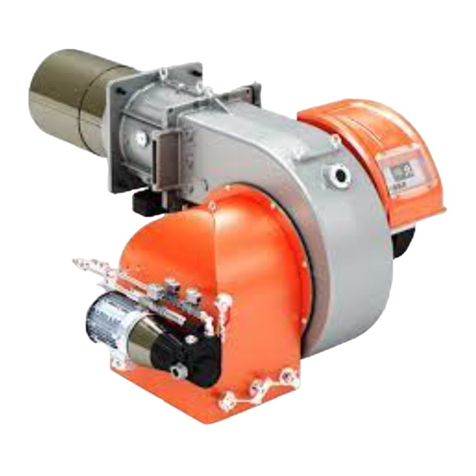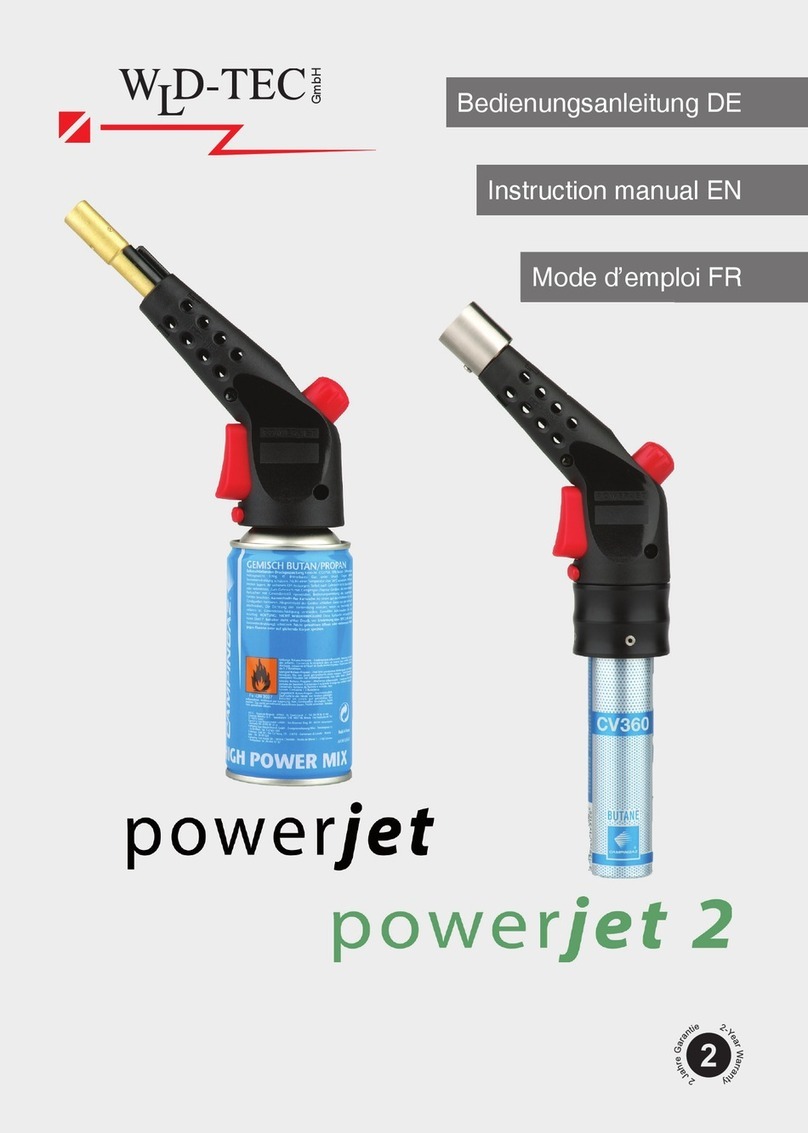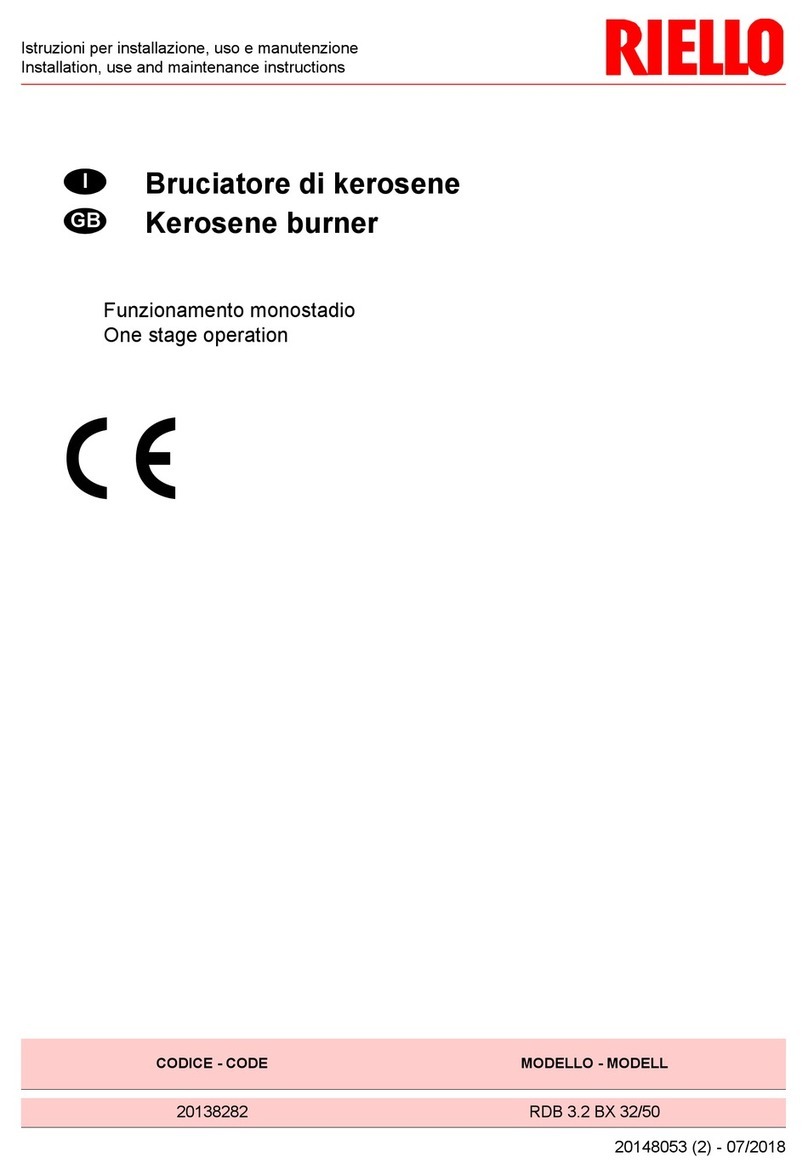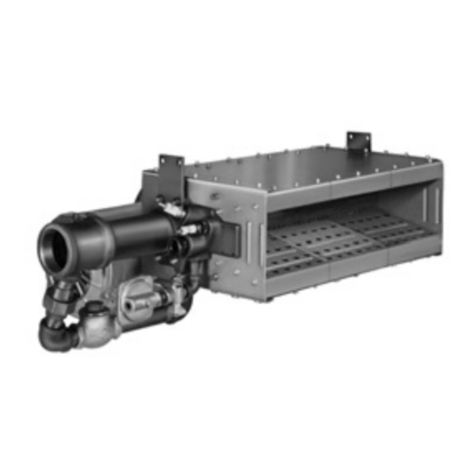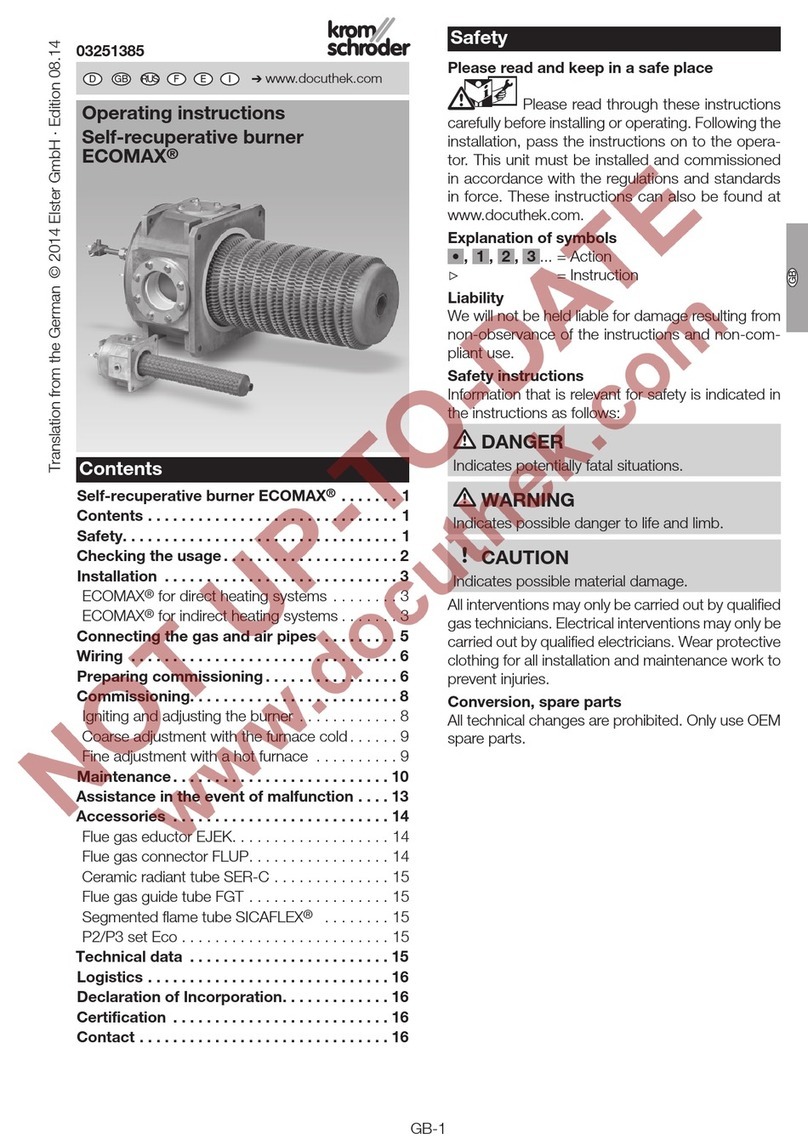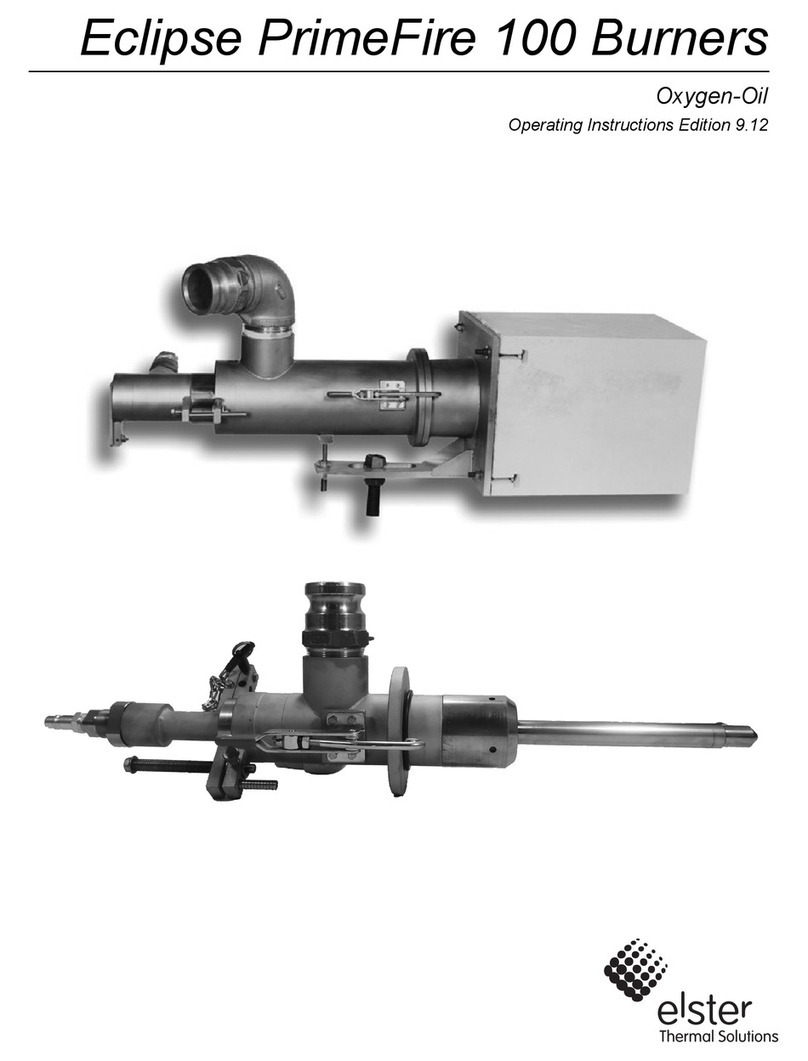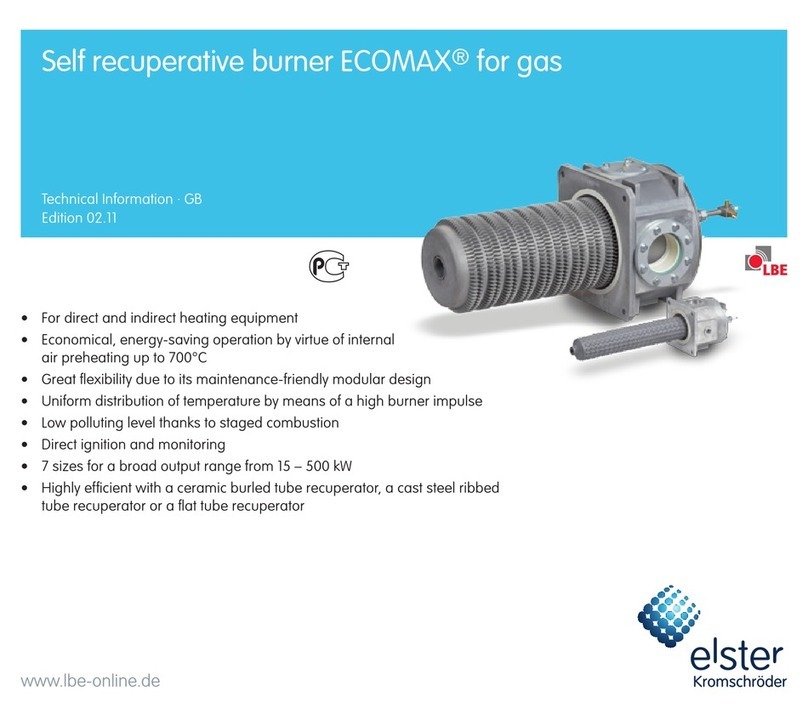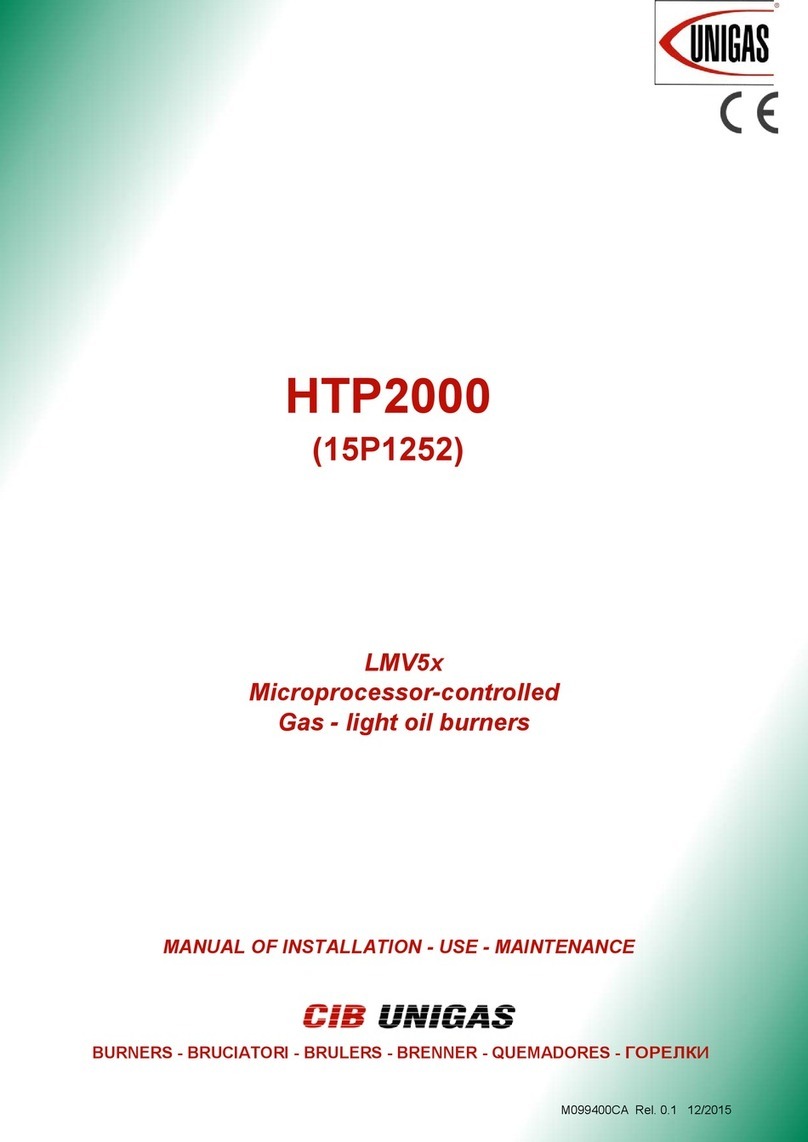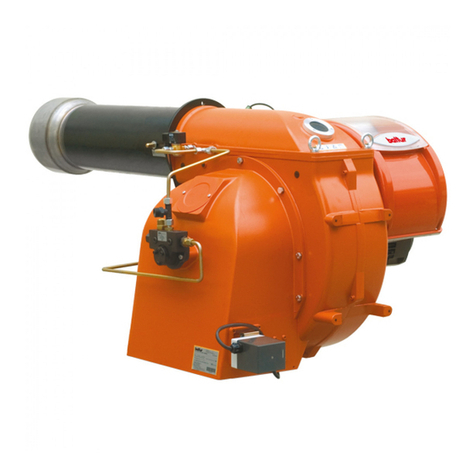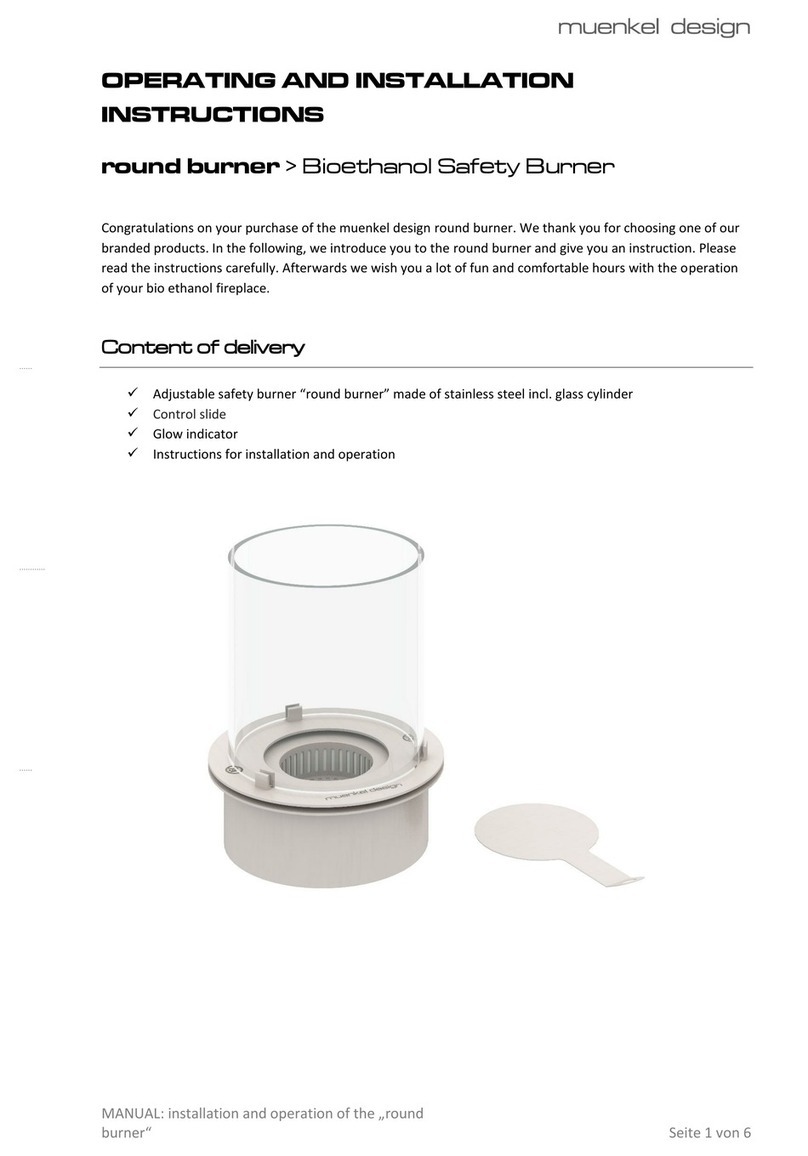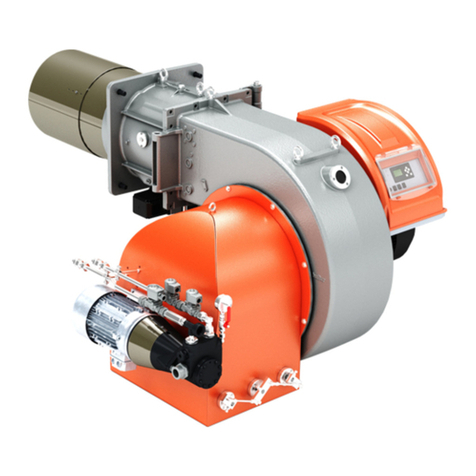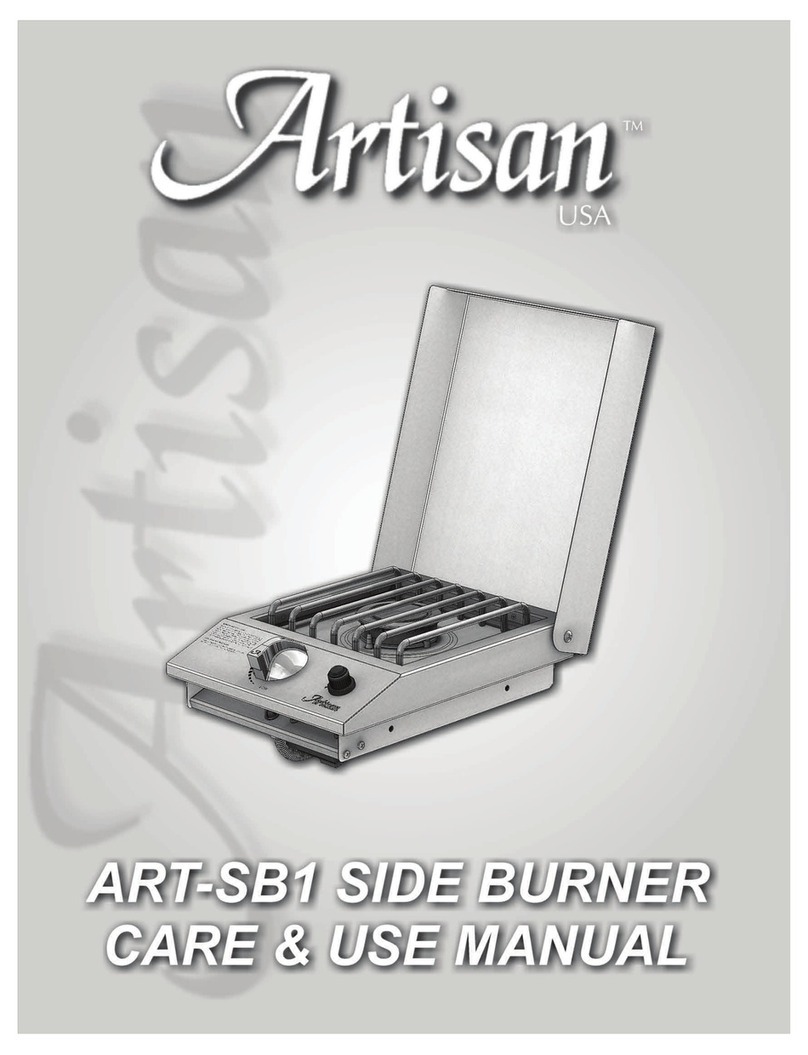
7Linnox, V1, Operating Instructions, Edition 6.15
The FM Standards are available from:
1151 Boston-Providence Turnpike
PO Box 9102
Norwood, MA 02062
www.fmglobal.com/approvals
Information on the EN standards and where to get
them is available from:
Comité Européen de Normalisation
Stassartstraat 36
B-1050 Brussels
Phone: +32-25196811
Fax: +32-25196819
www.cen.eu
Comité Européen de Normalisation Electronique
Stassartstraat 36
B-1050 Brussels
Phone: +32-25196871
Fax: +32-25196919
www.cenelec.org
Checklist Before Installation
Air Supply
To admit fresh combustion air from outdoors, provide an
opening in the room of at least one square inch per 4,000
Btu/h (6 cm2per 1 kW). If there are corrosive fumes or
materials in the air, supply the burner with clean air from
an uncontaminated area, and always provide a sufficient
air filtering system.
Exhaust
Do not allow exhaust fumes to accumulate in the work
area. Provide some positive means for exhausting fumes
from the furnace and the building.
Access
Make sure to install the burners in such a way that you can
gain easy access for inspection and maintenance.
Environment
Make sure the burner operating environment matches the
original operating specifications. Check the following
items:
• Voltage, frequency and stability of the electrical
power
• Type and supply pressure of the fuel
• Availability of enough fresh, clean combustion air
• Adequate oxygen concentration for combustion on
the process gases
• Humidity, altitude and temperature of the air
• Presence of damaging corrosive gases in the air
• Prevent direct exposure to water
General Installation Conditions
Perform the following audits before installing the burner:
• Remove all dirt, dust, and other particles from inside
the burner air/gas piping, and avoid further soiling
during piping and accessory installation.
• Check that there are no obstructions in the burner
duct or in the supply piping connections.
Electrical
Install the high-voltage ignition transformer (as applicable)
as close to the burner as possible.
Burner Mounting
Make sure the chamber wall is strong enough to support
the weight of the burner. If necessary, reinforce the
mounting area.
Mount burner to process duct using customer supplied
bolts, nuts, and lockwashers.
The burner mounting plate is provided with:
• a peep sight for pilot flame observation
• a pressure tap for measuring process pressure
• a pipe nipple to mount the UV scanner and the UV
scanner cooling air connection
• or without an insulation box (refer to assembly
drawing)
Flame Sensor Installation
Install the UV scanner onto the 3/4” NPT pipe nipple
extending from the outside of the burner mounting plate.
The UV scanner must be connected to the flame safety for
that burner. Cooling air piping must be supplied to the tee
connection located between the UV scanner and the
mounting plate.
■The burner flame shields can reach a temperature
of 1650°F (900°C) at 480°F (250°C) process
temperature upstream from the burner.
Measurements should be taken to prevent
excessive thermal load on the process ducting.
Gas Piping
Care should be taken to ensure that the incoming gas pipe
is adequately sized for the necessary gas flow and burner
pressure (See Datasheets 159-1 and 159-2 for gas
pressure requirements).
Gas piping not supplied with the burner must be
supported independently of the burner.
CAUTION


